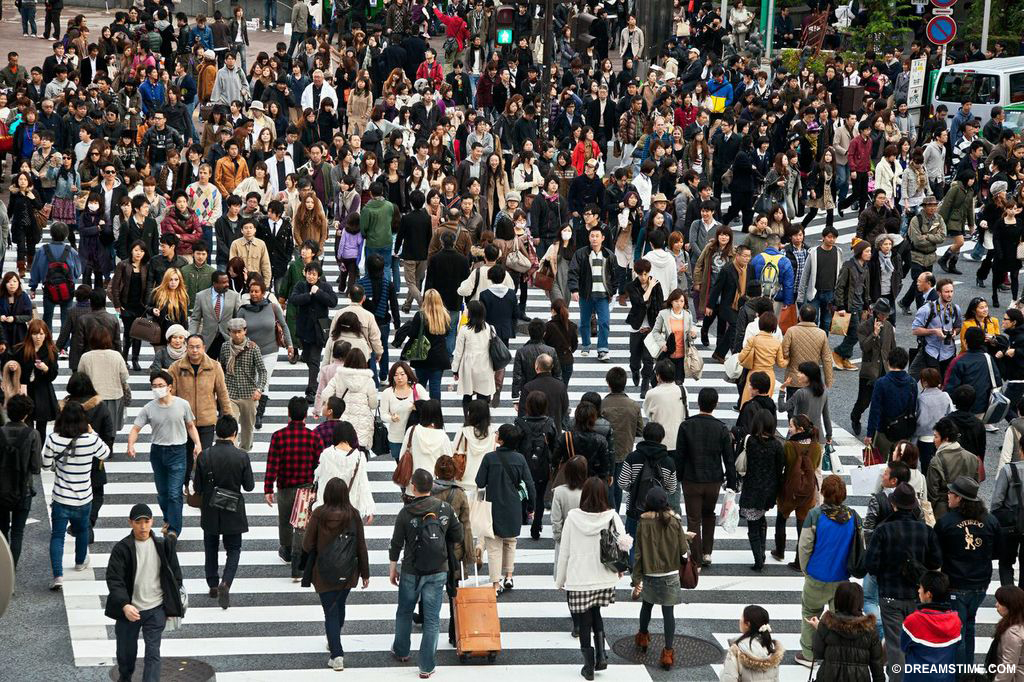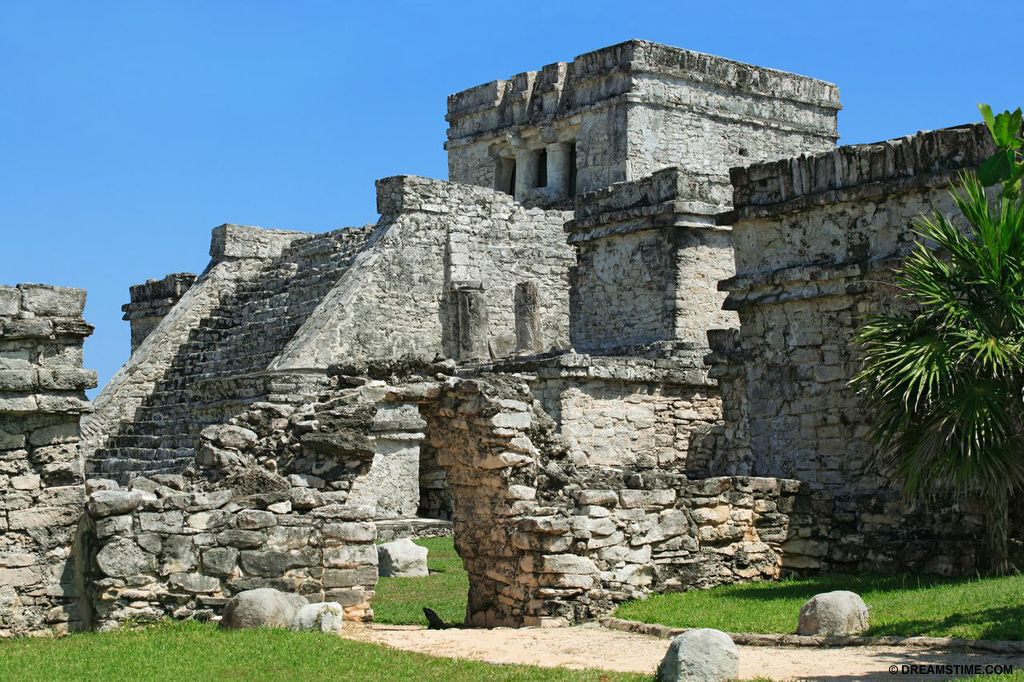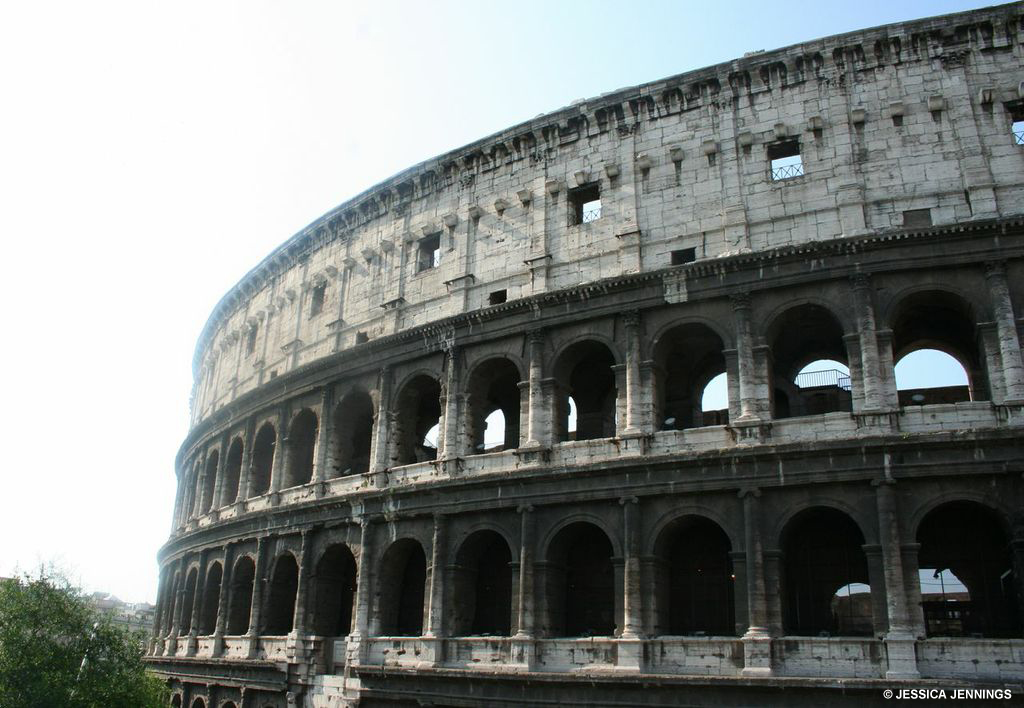Save the Humans
Discover the greatest threats to humanity and learn about the power of people – like you – to fight for a better world.
We Must Come Together Now
Inspired from the movie Revolution and narrated by Rob Stewart, our Educational Video gives you more content on Save the Humans.
We are the cause of climate change, deforestation, ocean acidification, overfishing and so many more worldwide threats.

There is over 7 billion people living on Earth yet biologists have said the world is in the middle of the sixth mass extinction
In the next hundred years, we face a problem so large it threatens our species as well as every other. The battle ahead is the largest ever waged by humanity, against the greatest of adversaries – us. Biologists predict that we’re now in the midst of the sixth mass extinction. In this case, we as a species are to blame and we could be part of the extinction.
Our planet has 1.9 hectares of biologically productive land per person to supply resources and absorb wastes—yet the average person on Earth already uses 2.3 hectares worth. The average American uses 9.7 hectares; the average person in Mozambique uses 0.47 hectares.[1. Worldwatch Institute. “The State of Consumption Today.” 2013.]
We need to evolve our systems, our communities, and ourselves to cope with the threats to this planet—our life support system—and usher in a new era of humanity. We need to save the humans, and our fascinating, complex, glorious, life-enhancing, totally amazing natural world.
According to Lester Brown of the Earth Policy Institute it will cost $200 billion per year to save our environment, our civilization[2. “Save the Humans,” page 258. Rob Stewart. 2012 Sharkwater Productions Inc. Random House Canada.] — to put in place renewable energy, cleaner technologies, sustainable agriculture, etc. The United States military budget is four times that amount.[3. “Save the Humans,” page 258. Rob Stewart. 2012 Sharkwater Productions Inc. Random House Canada.]
We haven’t even begun to acknowledge that environmental collapse will make economic collapse a foregone conclusion. – Rob Stewart, Save the Humans[4. “Save the Humans,” page 247. Rob Stewart. 2012 Sharkwater Productions Inc. Random House Canada.]
Our economy is addicted to infinite growth, yet we live on a planet with finite resources. The developed world’s need to consume has driven deforestation, overfishing and ocean acidification. We all must stop buying stuff just to have more stuff – and stop being a disposable society. Developing nations aspire for what developed nations have and that will come at a great cost to all humans and the planet.
A human revolution is essential to cure our planet and drastically change our lifestyle – sustainability should be the bottom line.
Human societies have risen and fallen for thousands of years. The Romans and the Mayans are both memorable examples of civilizations that rose to incredible heights only to be brought down by the rate of their own expansion.
Collapse: Mayan Rule (1800 BC to 904 AD)

Mayan Ruins
The Maya are one of the ancient world’s great cultures. They reigned for more than a millennium in Mesoamerica. In the eighth century, as many as ten million people lived in the Maya lowlands with cultivated farms, gardens and villages making up massive city-states.
The Mayan civilization’s collapse extended over 200 years, however the reason for its demise was not documented. Based on climate records established from cave stalagmites[5. Science. 338(6108): 788-791. Development and Disintegration of Maya Political Systems in Response to Climate Change. November 9, 2012. D. Kennett et al. www.sciencemag.org] and other environmental clues in soil samples, temple wood[6. One India News. “Mayan civilization collapsed because of resource depletion, not disease or warfare.” June 3, 2009. http://news.oneindia.in] and ancient pollen,[7. One India News. “Mayan civilization collapsed because of resource depletion, not disease or warfare.” June 3, 2009. http://news.oneindia.in] experts suggest that climate change may be to blame. A combination of drought, overpopulation, deforestation, soil erosion, famine and mass migration strained their environment and contributed to war among the nobility, citizens and cities across the Empire.
Collapse: Roman Empire (27 BC to 376 AD)

Roman Ruins
Rome constantly expanded to meet the needs of its growing empire, always requiring more water; more land for agriculture, livestock, roads and settlements; and more forests for mining, heating, cooking, metallurgy, warfare and construction. The Roman Empire rose during a period of stable and favourable climate. There were wet and warm summers during periods of Roman prosperity and there was less volcanic activity compared to the years that were socially turbulent. At its peak, the Roman Empire covered 6,500,000 square kilometres with a population close to 60 million.
Drought conditions in central Asia coincided with foreign invasions to the Roman Empire. A second, briefer period of good climate coincided with the Empire’s recovery in the fourth century, until the eastern and western Empires started to fall in the centuries that followed with increased climate variability.[8. Journal of Interdisciplinary History. Autumn 2012: 169-220. “Climate Change during and after the Roman Empire: Reconstructing the Past from Scientific and Historical Evidence.” M. McCormick et al. www.wsl.ch] Population growth, agriculture, deforestation and climate changes (e.g., drought) eventually exhausted the land and the people had nowhere to go.[9. ScienceHeathen. “Deforestation Effects, Causes and Examples: Top 10 List.” Dec. 13, 2012. http://scienceheathen.com]
Can we avoid repeating the mistakes of previous civilizations? We can look at past civilizations that existed for centuries, depleted their resources and crumbled. We can learn from the relationships these failed societies had with their climate.
We need to respond to our population growth in ways that ensure the future of our species. We need to stand up as individuals and collectively to take action now.
There has never been a more active population, a more captive audience, a more fragile planet, or the available technology to affect change on as massive a scale as there is today. We can succeed if we all make the necessary changes.
Everyone can do something. Find out how you can make a difference!

An Image of Earth representing the amount of waste it contains

